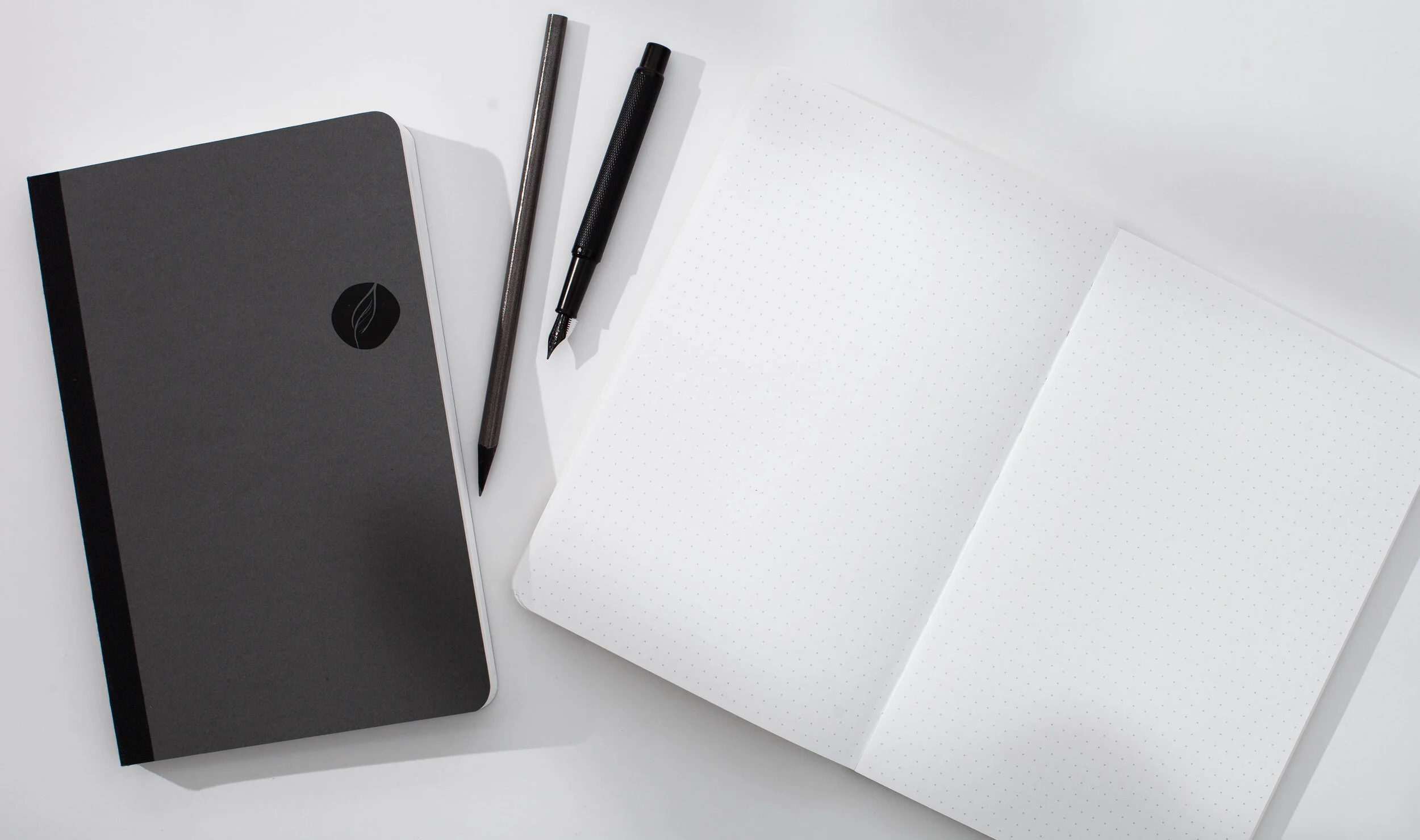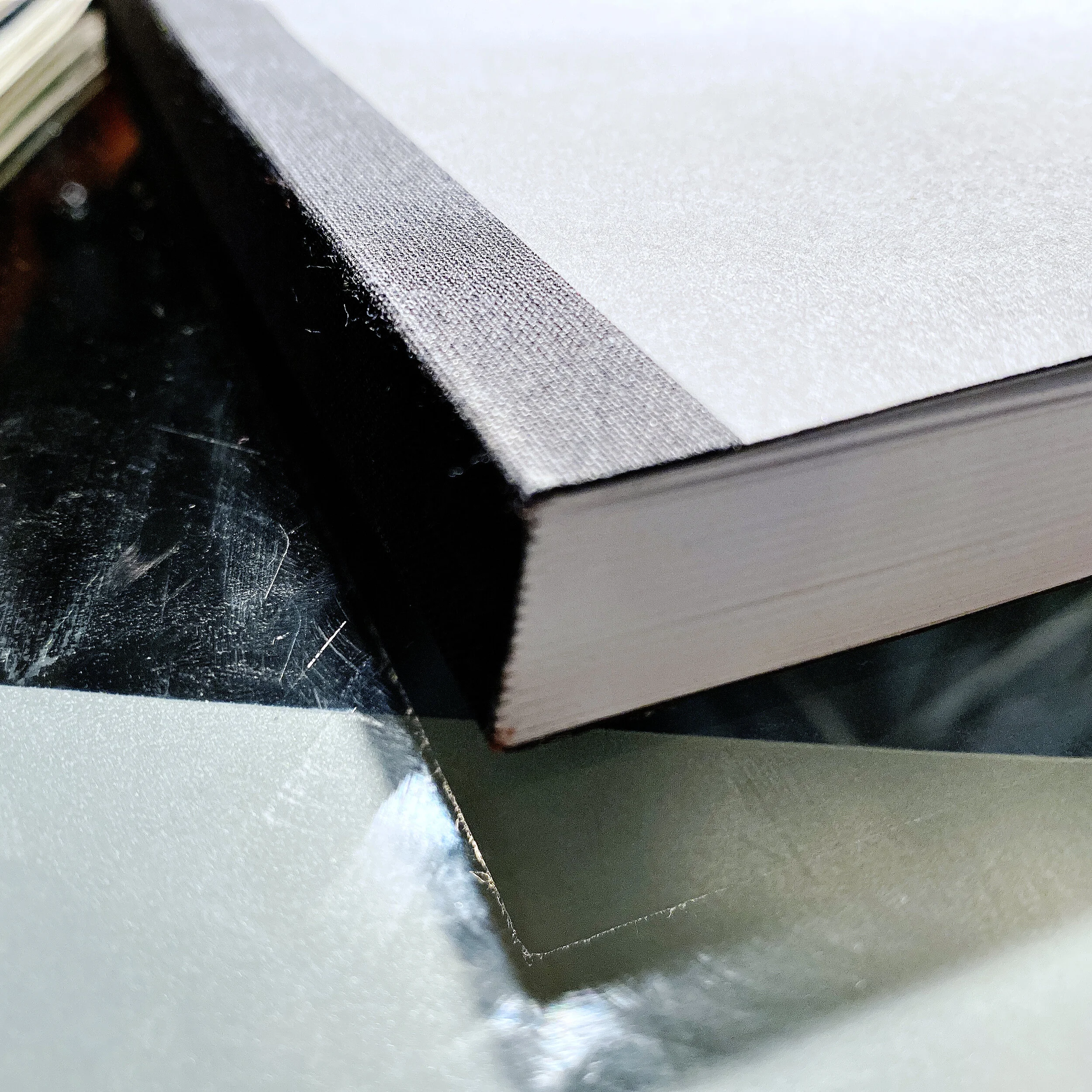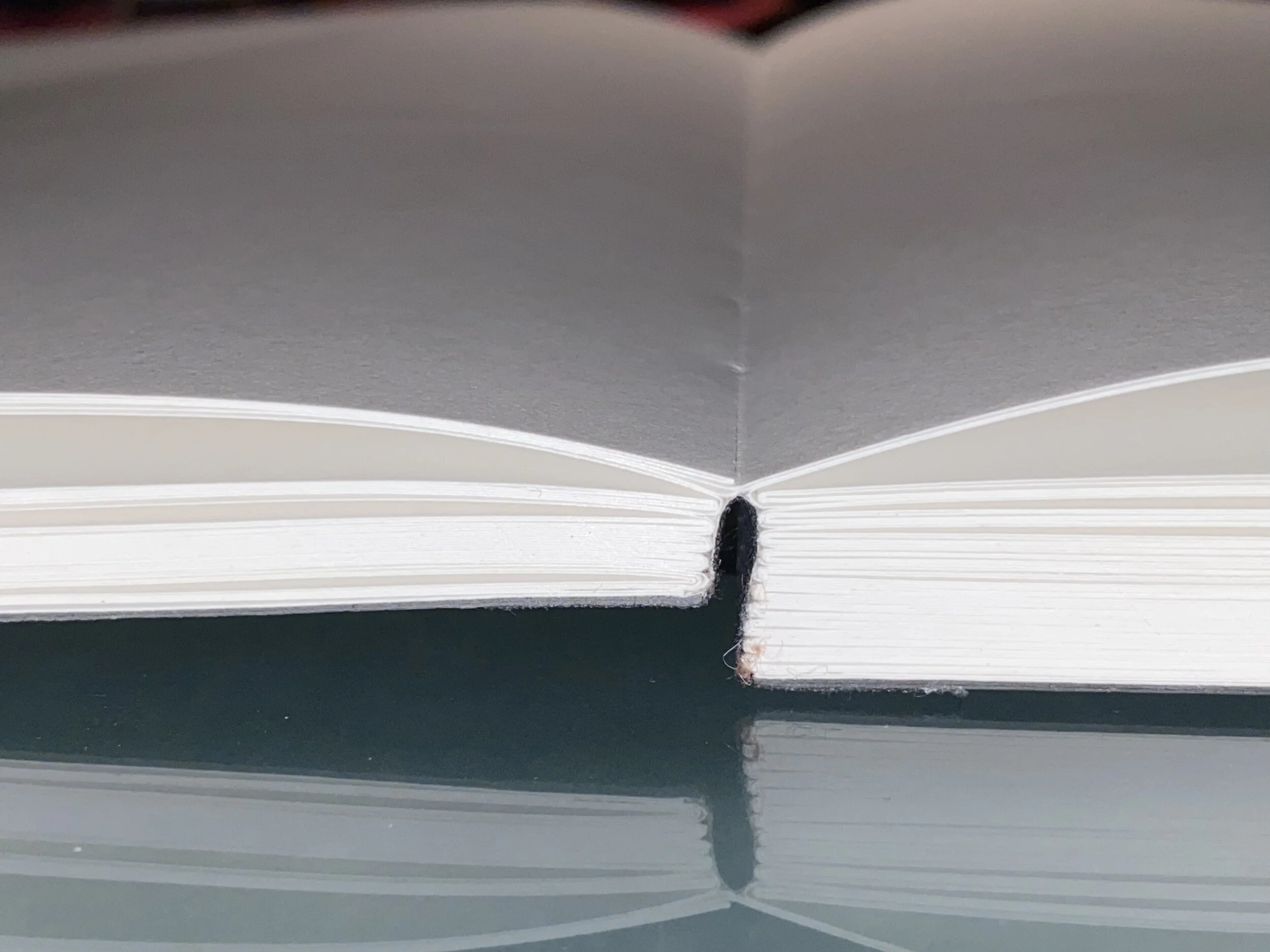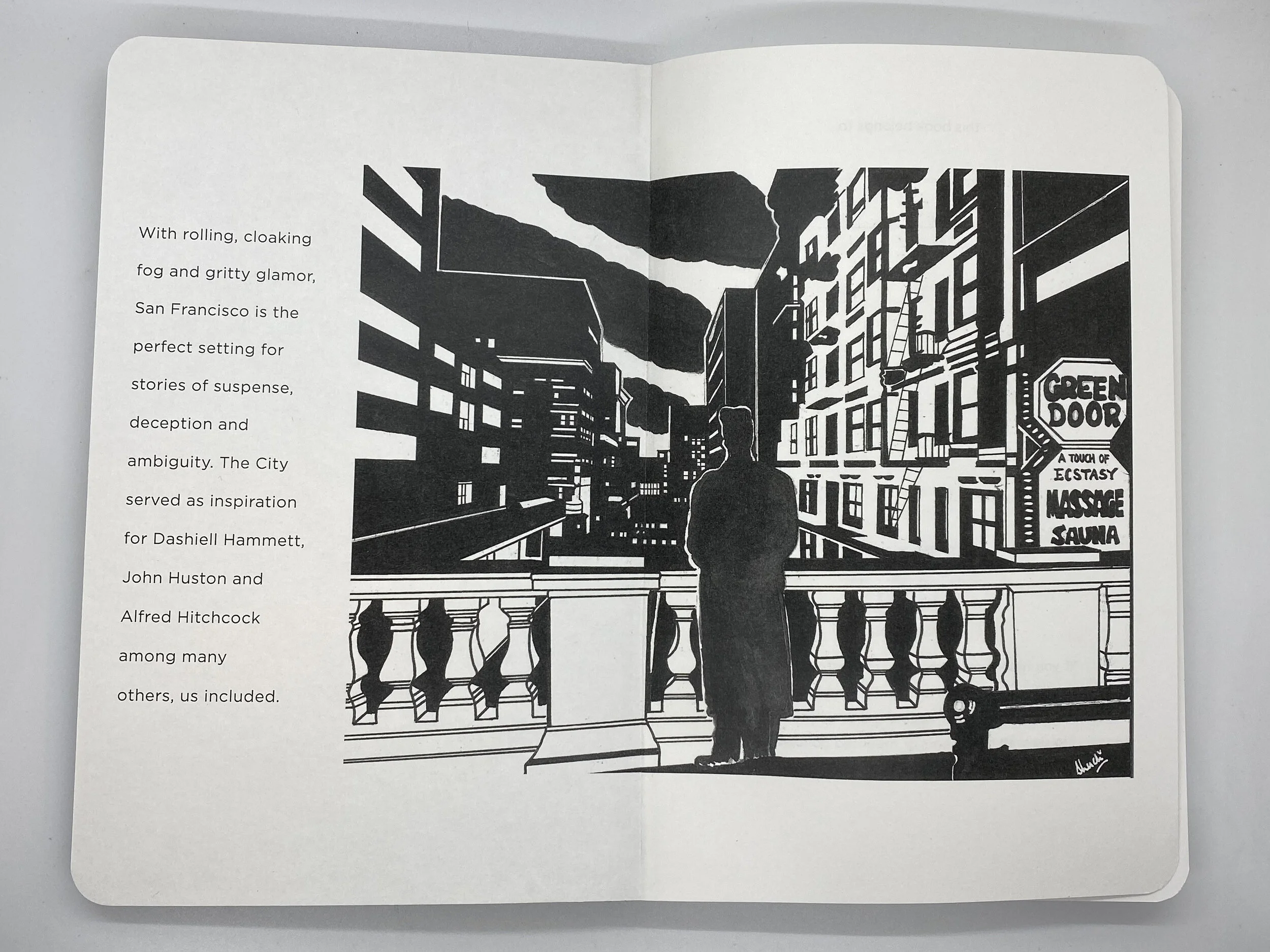I used to think I could march my way through all my daily to-dos in an orderly fashion. But I soon realized that if didn’t write them down, I’d forget the one or two things I thought were important, and that would slowly drive me crazy. (This is aside from the fact that I never really complete everything on my to-do list. As soon as I cross off three things, another four or five take their place.)
I used to think I could keep track of these tasks digitally. I spent a lot of time and money on software applications. Probably the best I’ve found is called Things, and I still use it, though not as much as I used to.
Then I tried the Bullet Journal thing. That worked for a while, until I got tired of rewriting all the tasks at the end of the month. My wife loves the system, and still uses it religiously. Me, I grew to dislike carrying a large hardcover notebook everywhere I went. At $25 a pop, the price wasn’t doing me any favors, either.
So I regressed—back to the world I lived in the 1990s, when I first went freelance. This is what I use to organize myself these days…



















